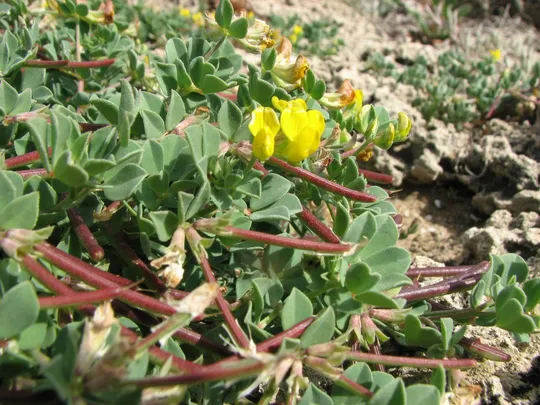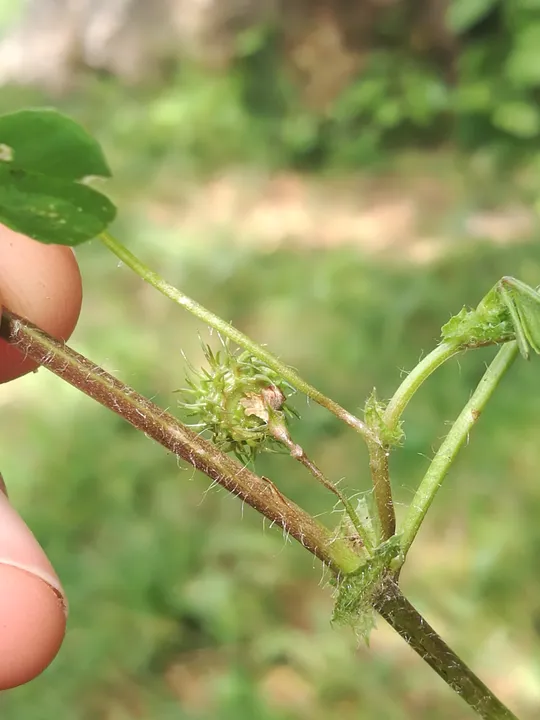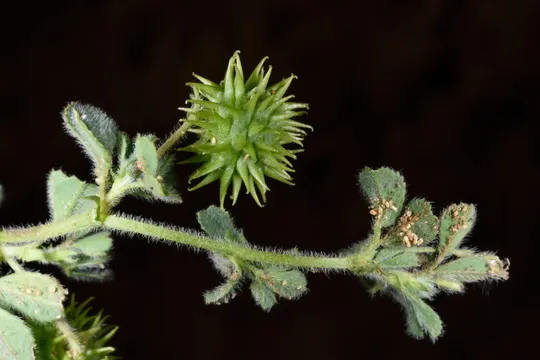Eilat Trefoil
Lotus glinoides
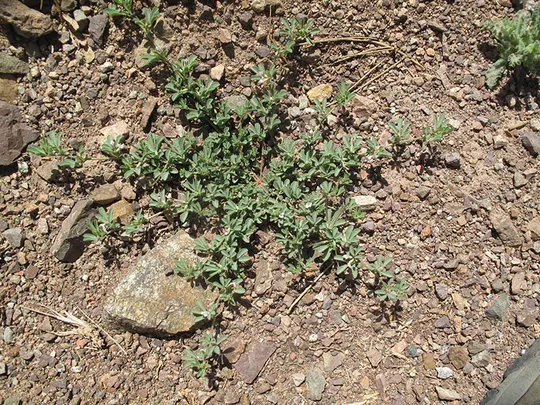
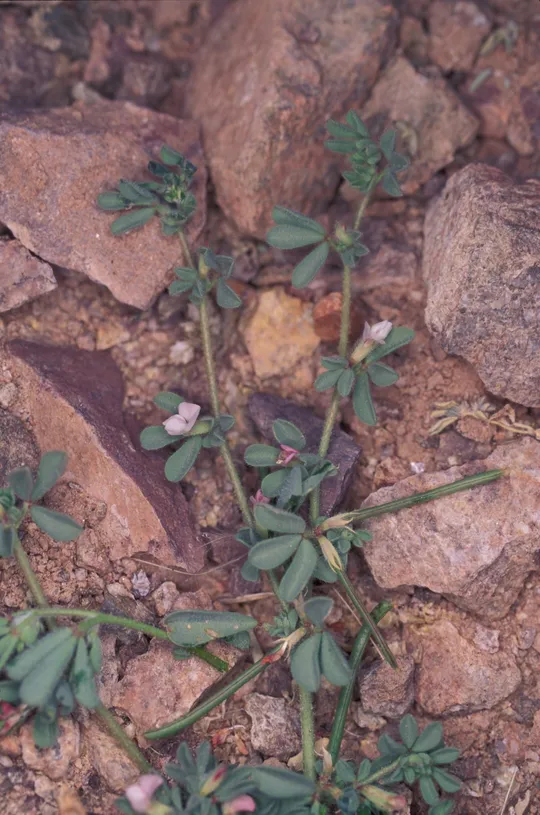

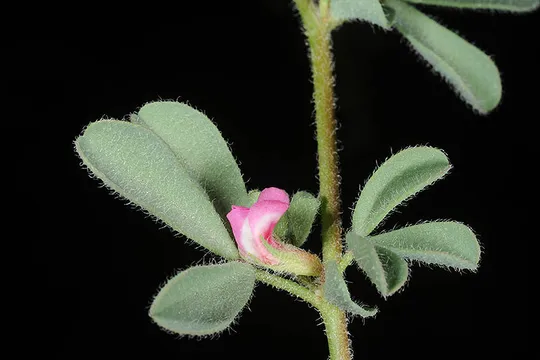
Lotus glinoides grows in two
regions in Israel – in the southern Arava and in the Elat Mountains. In the southern
Arava plants were found at four sites near Elot, Be'er Ora, Evrona and Samar.
In the Elat Mountains is recorded near the Timna Crater and near Solomon’s
Pillars, in Wadi Shlomo, in Wadil Gishron and in the mountains near Elat
(Mitzpe Tamar and the water reservoir at the edge of Mount Shahmon).
A total of nine sites were recorded, but it is estimated that there are about
18 sites in this region, which has not been thoroughly surveyed.
Warm wadis in the
extreme desert, particularly in sandy gullies and on roadsides.
For the genus – see Lotus cytisoides
The species is known for its great morphological
diversity; on one hand it has characteristic small prostrate plants, no more
than
in diameter and minute organs; on the other hand we find large plants (mainly
on roadsides and field sides), with large organs, whose branches grow
diagonally. Some taxonomists separate L. glinoides from L.schimperi
into two independent species: L. glinoides has a longer capsule (14-
of seeds (10-15) compared to L. schimperi that has a smaller capsule (7-
(6-9). We accept the approach of Boulos in the Flora of Egypt, and we consider L.
schimperi to be an extreme form of L. glinoides and consider this a
result the great morphological variation found in this taxon (Boulos, 1999).
•
Lotus glinoides
is found with certainty at only nine sites. The number of sites near Elat has probably
decreased, but at the same time, however, two new sites were recorded near Elat
in 1998, from where it was not previously known.
•
The presence of
the species in the two regions where it is found in Israel – the Southern Arava
and the Elat Mountains, is apparently stable. However, it has not yet been
found in the Aqaba area, a fact that emphasizes the importance of protecting
and preserving L. glinoides in Israel.
Both
these regions are in fact one ecosystem (from the eastern sides of the
mountains of Elat) formally split in two. Its range in Israel should be considered
one section in which all the sites are adjacent.
•
L. glinoides
grows as individual plants or in populations of several hundreds on a small
area.
•
Elat's urban
sprawl towards the Elat Mountains may threaten the populations close to the
city.
•
Some of the L.
glinoides sites are located in the proposed "Elat Massif" Nature Reserve.
It is also protected within the boundaries of the Timna Crater Reserve.
•
It is possible
that its propensity for roadside habitats will enable its local survival in disturbed
conditions.
•
L. glinoides
is apparently not endangered in most parts of its global range.
A detailed
survey of Lotus glinoides sites in Israel should be made and the size
of its populations recorded. A site with the largest population should be selected
for monitoring and preserving the species.
Lotus glinoides
is a desert, Saharo-Arabian-Sudanian plant that grows in all the North African countries,
but unlike other species with a Sudanian-Decanian distribution, almost does not
penetrate to the eastern part of the region, i.e. east of the Red Sea. The Elat
area populations are the northernmost in the world and they are typical marginal
populations. In North Africa L. glinoides grows in Egypt, Libya,
Algeria, Morocco and Mauritania (it is characteristic of the central Sahara);
in East Africa it grows in Sudan and Ethiopia. It is also found in the Arabian
Peninsula, the island of Socotra in the Indian Ocean and the Canary Islands.
Lotus glinoides is a southern
peripheral species found mainly in the warm deserts of North Africa and in the
northern countries of East Africa. Israel is the northern limit of its range.
Its designation as a red species reflects its peripherality in Israel, but it
is apparently not globally endangered. Its conservation status in Israel is probably
stable.
Current Occupancy Map
| 1000 squre meter pixel | 5000 squre meter pixel | 10000 squre meter pixel | |
|---|---|---|---|
| number of observations | 0 | 0 | 0 |
| in total pixels | 0 | 0 | 0 |
| Family | Fabaceae |
| Classification | On the near threatened species list |
| Ecosystem | Desert |
| Chorotype | Eastern Sudanian |
| Conservation Site | Wadi HaTzomeah west of Elat between Mount Shahmon, Mount Yedidia and Mount Shlomo |
| Rarity |
1
2
6
|
|---|---|
| Vulnerability |
0
2
4
|
| Attractiveness |
0
0
4
|
| Endemism |
0
0
4
|
| Red number |
1
2.6
10
|
| Peripherality | S |
| IUCN category | DD EW EX LC CR EN VU NT |
| Threat Definition according to the red book | Near threatened |
 Based on:
Based on:
